How to Fix a Incomplete Installation of Microsoft Excel?
Excel sheets have become the backbone of many organizations and personal workflows. A perfectly working Excel can pop up the following error when it is launched in macOS:
You can’t open the application “Microsoft Excel” because it may be damaged or incomplete.
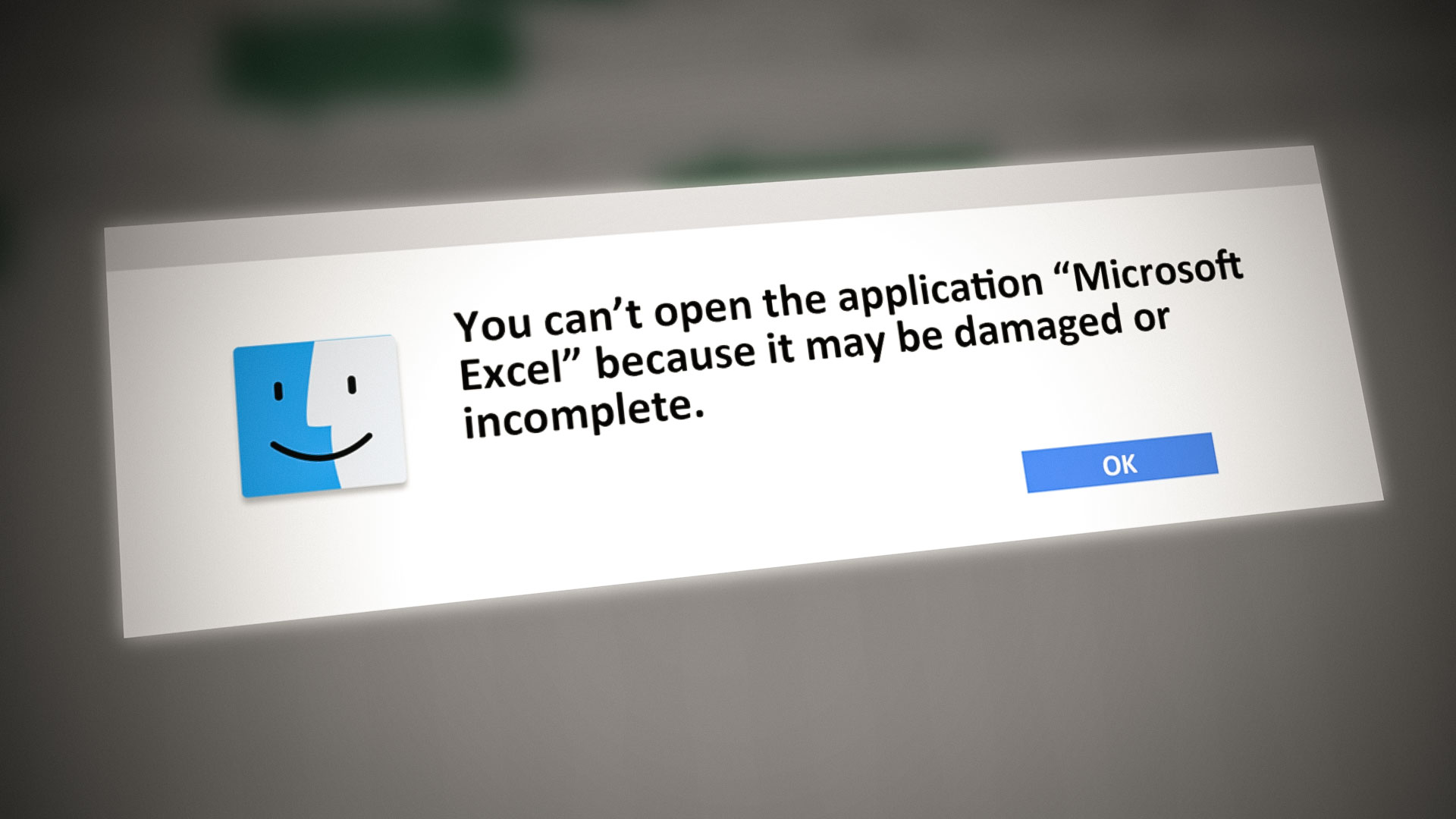
After thoroughly going through the issue reports, we can identify the following main causes of the issue:
- Outdated Excel App: macOS is updated regularly to catch up with the enhancements of technology. If your Excel app is missing an essential update, it may not be compatible with the updated version of macOS, which may lead to the error at hand.
- Corrupt Cache of the Excel App: Microsoft Excel (like other apps on your Mac) uses a cache to pace up its processes. If this cache folder on your Mac has become corrupt (due to a power failure, etc.), then this cache corruption can stop Excel from launching normally on your Mac.
- Outdated macOS of Your System: Excel along with other Office apps is continuously updated to meet up the ever-evolving technological improvements. If macOS itself is missing some updates, it may conflict with the Excel app.
- Corrupt Installation of the Microsoft Excel App: Numerous different reasons can cause corruption of a perfectly working Excel installation like a poorly applied previous system or Office update etc. This corrupt installation of Excel may cause the damaged or incomplete error message at hand.
So, what should you do if Excel is damaged or incomplete? You can perform the undermentioned solutions but before that, check if Excel can successfully be launched from the Applications folder (not from a shortcut or a file).
Moreover, check if booting your Mac into the Safe Mode clears out the issue. If it does, then check if clearing out the start-up items of your Mac solves the problem.
Update the Excel App to the Latest Build
macOS is regularly updated to keep up with improvements and new features.If the Excel app on your Mac is missing an essential update, it may have become incompatible with the OS, resulting in the damaged or incomplete Excel message. In this case, updating may quickly solve the problem.
- Launch a web browser and navigate to the Microsoft Office for Mac page of the Microsoft website.
- Now, under the most recent version of Office, click on Update Package (in front of Excel) and let the package download.

Download Update Package of Microsoft Excel - Then install the package and check if you can open Microsoft Excel without encountering the damaged or incomplete message.
Update the OS of Your Mac to the Latest Build
If the OS of your Mac is missing an essential update, it may conflict with the rapidly updated Office apps including Microsoft Excel. This incompatibility may result in Microsoft Excel’s damaged or incomplete issue. In this context, updating the OS to the latest build may solve the Microsoft Excel issue at hand.
- Launch Mac’s System Preferences and open Software Update.

Open Software Update in the Mac’s Preferences - Now, if an update or upgrade is available, click on Update Now. In the case of a new version of macOS, you may have to click on Upgrade Now.

Click Update Now in Software Update - Now let the update download and install.
- Afterward, check if the Microsoft Excel application is working fine.
Clear the Corrupt Cache of Microsoft Excel
macOS, like other operating systems, uses application/system caches to speed up its processes and the same is the case with Microsoft Excel. If Excel’s cache on your Mac is corrupt, it may lead to unexpected problems.
In such a scenario, clearing the corrupt cache of Microsoft Excel may solve the issue. Firstly, make sure all the Office applications are closed and nothing related to them is running in the Activity Monitor of your Mac.
- Open the Mac’s Finder and head to the Library folder. If the Library Folder is not shown, right-click on the empty area, select Show View Options and check Show Library Folder. You can also open the Library folder by pressing Command +Shift + G and entering ~/Library.
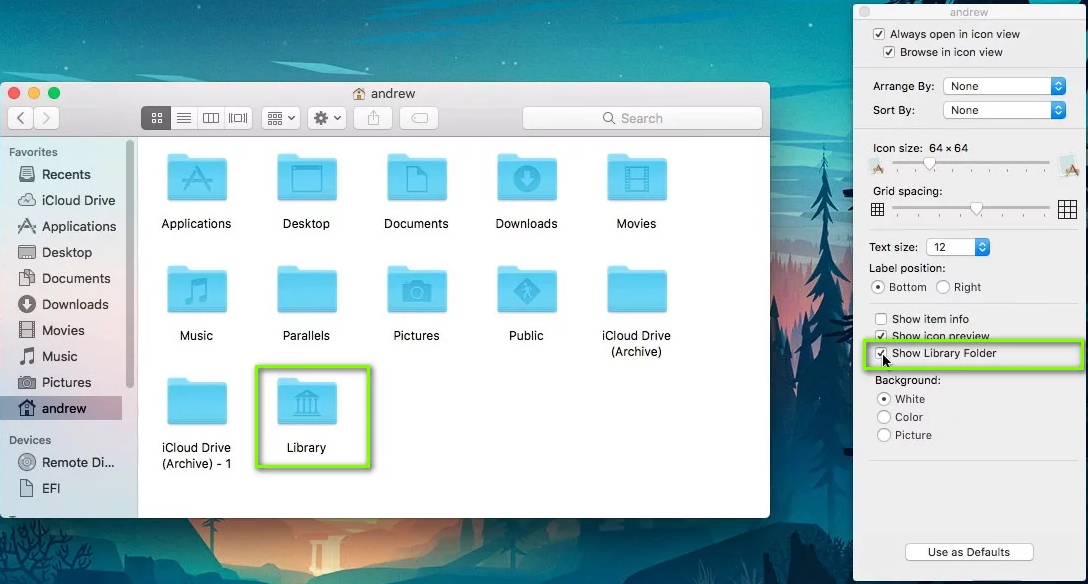
Show Library Folder of Mac - Now move the following folders to the desktop of your Mac (as per macOS version):
Big Sur: ~/Library/Containers/Microsoft Excel Catalina: ~/Library/Containers/ com.microsoft.Excel
- Then restart your Mac and upon restart, launch the Microsoft Excel application to check if it is operating fine.
Copy the Microsoft Excel Application to the Applications Folder
If the Microsoft Excel application file has been moved from Mac’s applications folder, either by you or by another app on your system, then you may encounter the error message. In this context, moving back the Microsoft Excel application file back to the applications folder may solve the problem.
- Firstly, launch the Applications folder of your Mac and check if Microsoft Excel.app is present in it.
- If not, then launch the Spotlight either by clicking the search icon on the menu bar or by pressing Command + Space Bar.
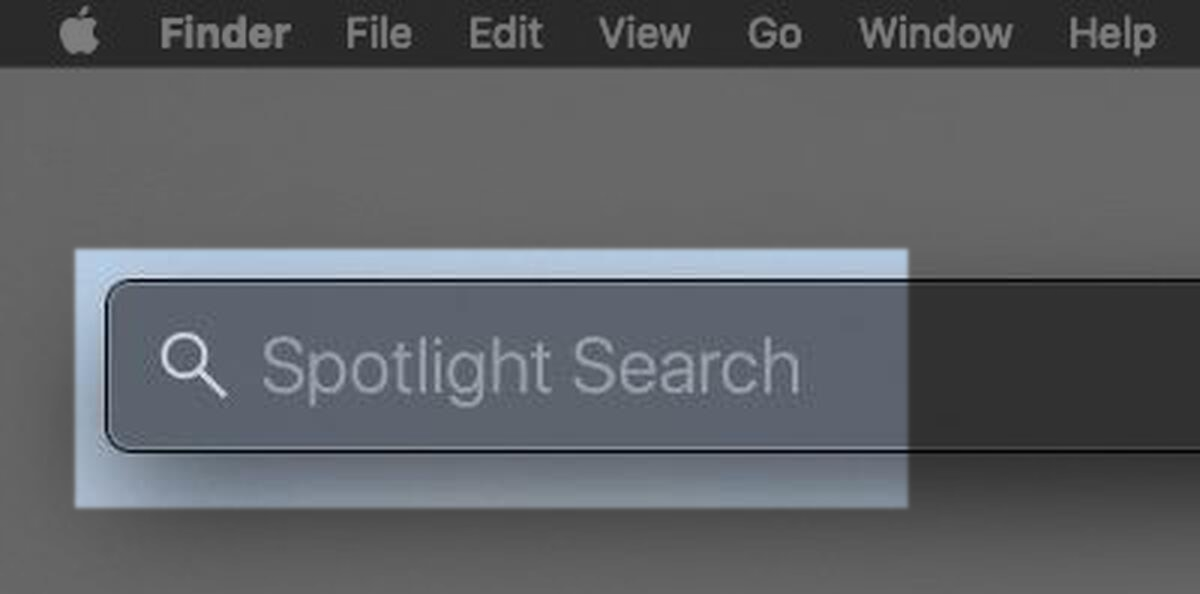
Use the Spotlight Search for Finding Excel - Now, in the search box, search for Microsoft Excel.app, and if found, drag and drop the app file to the Applications folder. Keep in mind, you should have only one Excel installation on your Mac.
- Then launch the Microsoft Excel application and check if it is clear of the damaged or incomplete issue.
Reinstall the Microsoft Excel Application
There can be many reasons leading to the corrupt installation of Microsoft Excel like a sudden power failure or if Excel could not completely download/ install. In this scenario, reinstalling the Microsoft Excel application may solve the issue at hand. Firstly, close all the Microsoft Excel-related processes in the Activity Monitor of the Mac.
- Launch the Applications folder of your Mac and Ctrl-click on Microsoft Excel.
- Now select Move to Bin and then head to the Library folder. If the Library folder is not shown, right-click on the empty area, select Show View Options, check Show Library Folder.
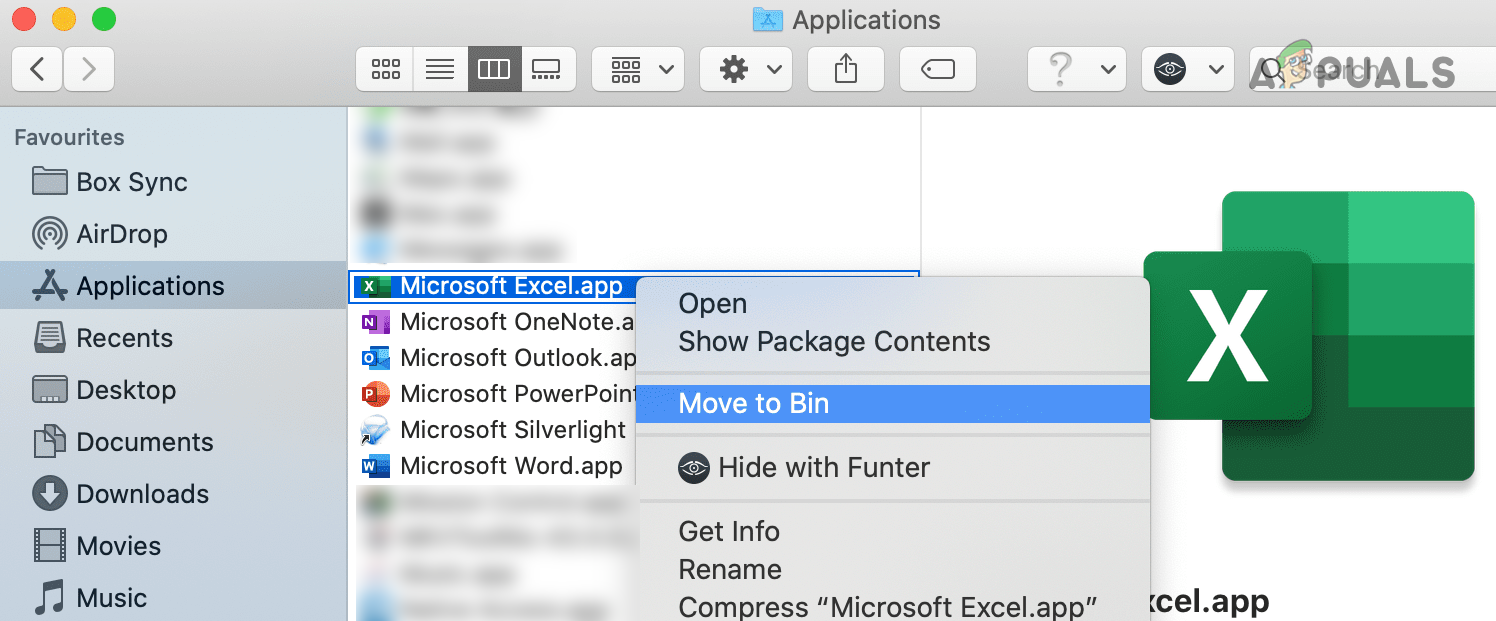
Move Microsoft Excel to Bin - Then delete the files or folders related to Excel in the following sub-directories of the Library folder:
~Library/Preferences ~Library/LaunchDaemons ~Library/PrivilegedHelperTools ~Library/Preferences ~Library/Application Support ~Library/Receipts ~Library/Automator ~Library/Application Script

Delete Excel Folders from the Library Directory of Mac - Once deleted, restart your Mac, and upon restart, navigate to the Microsoft Office for Mac page of the Microsoft website.
- Now, under the latest release, click on Install Package (in front of Excel) and let the package download.
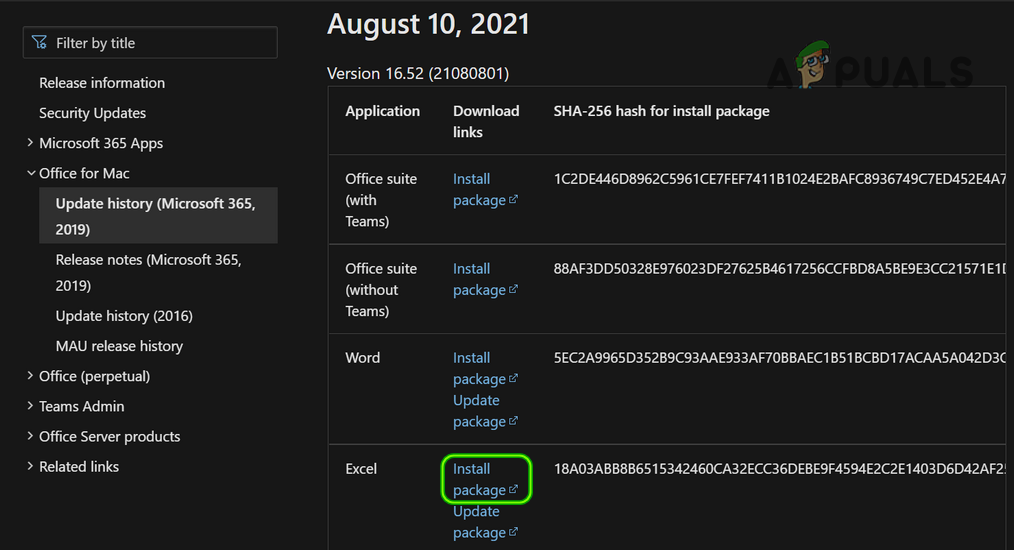
Download the Install-Package of Microsoft Excel for Mac - Once downloaded, install the package and hopefully, the Excel issue is resolved.
If not, then you may completely uninstall all Office apps (Word, Excel, PowerPoint, etc.) from the Mac, restart the Mac, and then reinstall the Office apps to solve the damaged or incomplete Excel installation. If the issue persists, then check if repairing the disk permissions or repairing the disk by using the Disk Utility solves the Microsoft Excel issue.
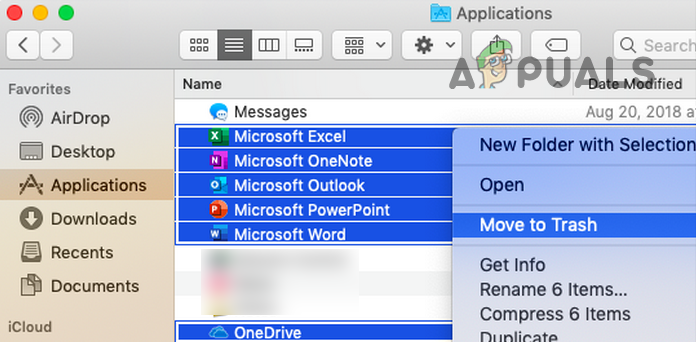
If that fails or is not an option, then check if restoring the system with the Time Machine to the point when there was no Excel issue solves the issue. If so, then do not update the Office or OS, if the issue started after an update, till the issue is reported to be solved.





